European Artistic Context :
Art Deco is an artistic movement that emerged in the 1910s in response to Art Nouveau and its fluid, nature-inspired lines. It took off in the 1920s, particularly at the Exposition Internationale des Arts Décoratifs et Industriels Modernes held in Paris in 1925.
With a return to order, geometric forms and symmetry gradually made their way into the decorative arts and architecture; European artists developed a simplified, uncluttered aesthetic in which straight lines and angles asserted themselves. However, this must be qualified. In fact, this period saw the emergence of two different artistic trends.
On the one hand, an ostentatious trend represented by Jean Dunand, Paul Iribe, Jacques-Emile Rulhman and Louis Süe, whose furniture is characterized by softer forms, the use of exotic materials and precious woods, and the use of genuine craftsmanship, with artists claiming to be heirs to the cabinetmakers of the 18th and 19th centuries.
On the other hand, a more industrial trend was initiated by the Union des Artistes Modernes in 1929, through such tutelary figures as Le Corbusier, Charlotte Perriand and Jean Prouvé. This trend turned to the use of new materials such as chromed steel, favoring a more rational design for these pieces. It's to this second approach that this coffee table make reference.
Marked by the crisis of the '30s, this movement evolved into a modernist trend around 1940-1950, before the International Style triumphed in its turn after the Second World War.


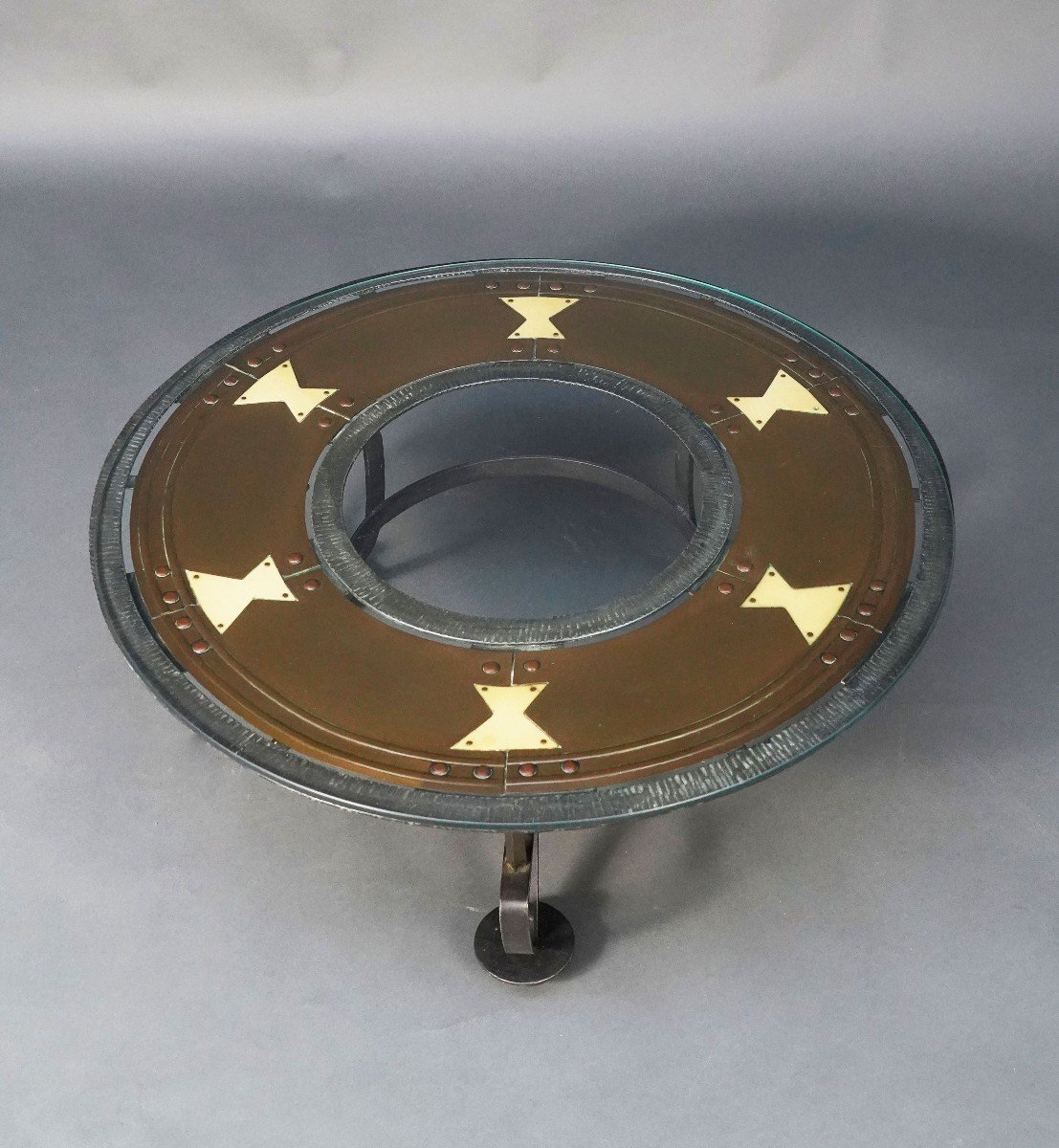
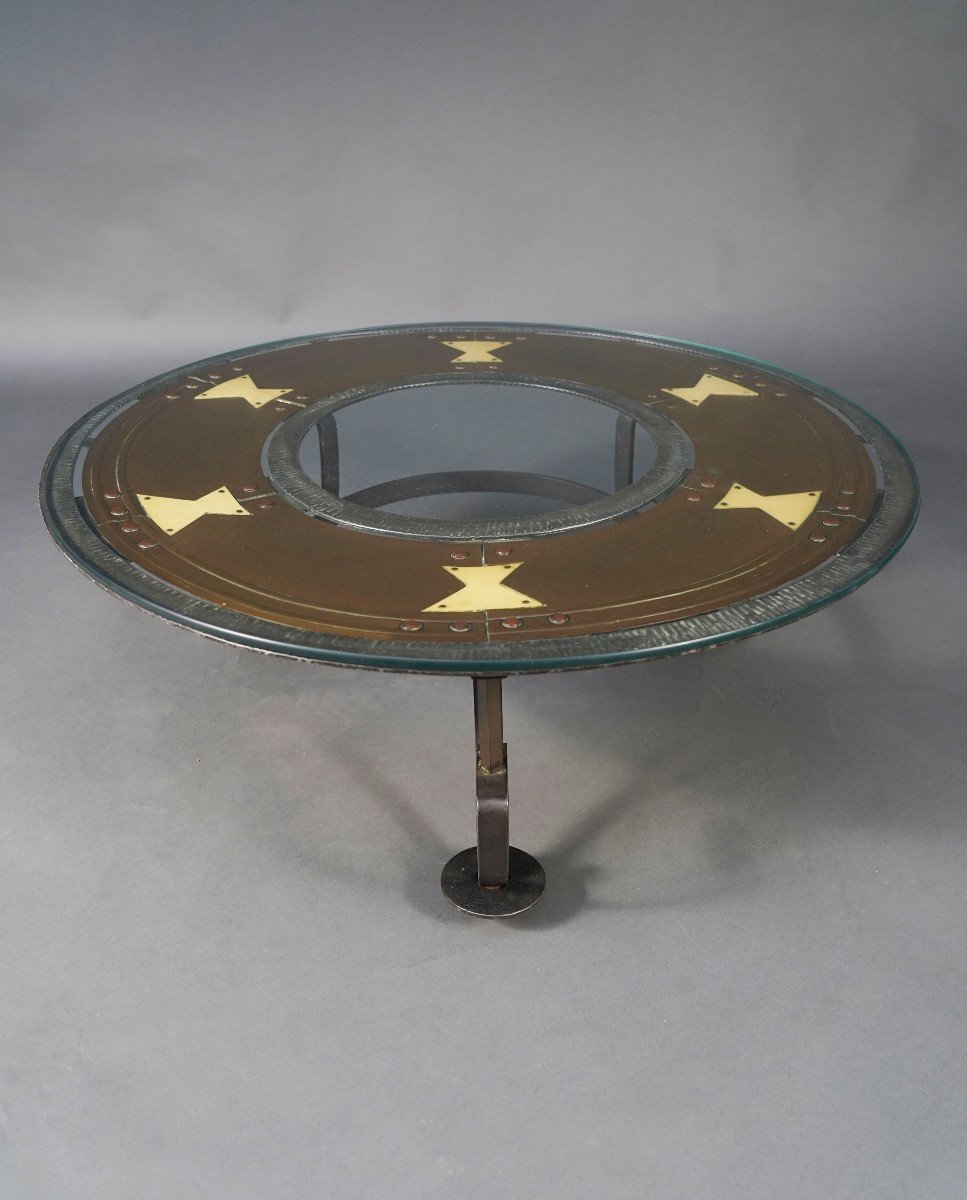
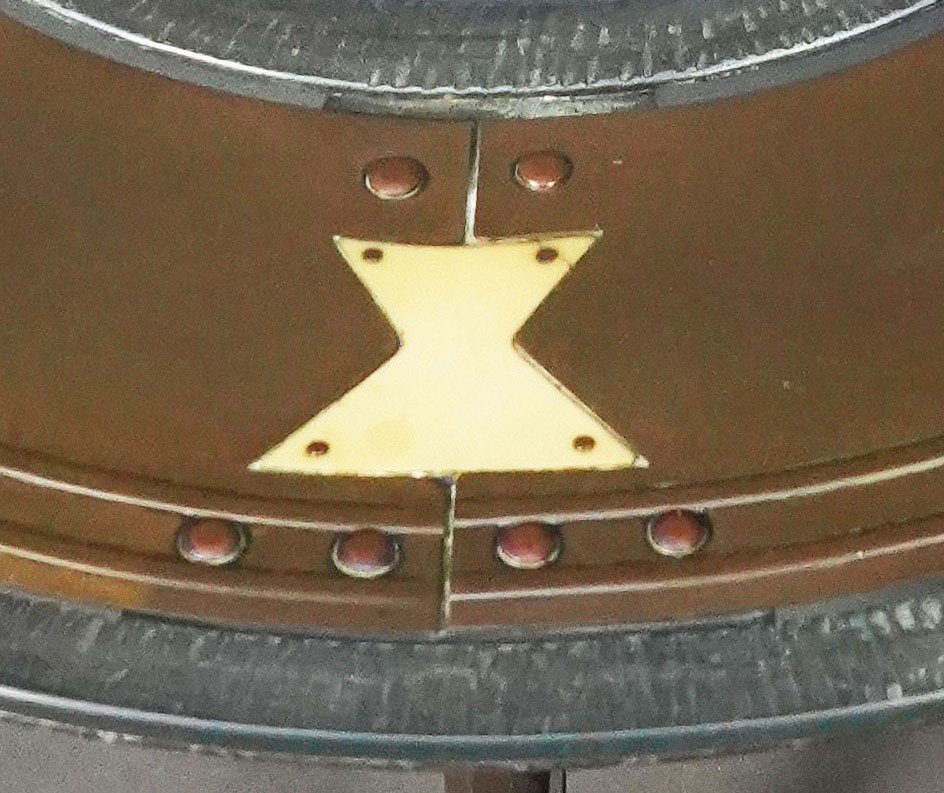
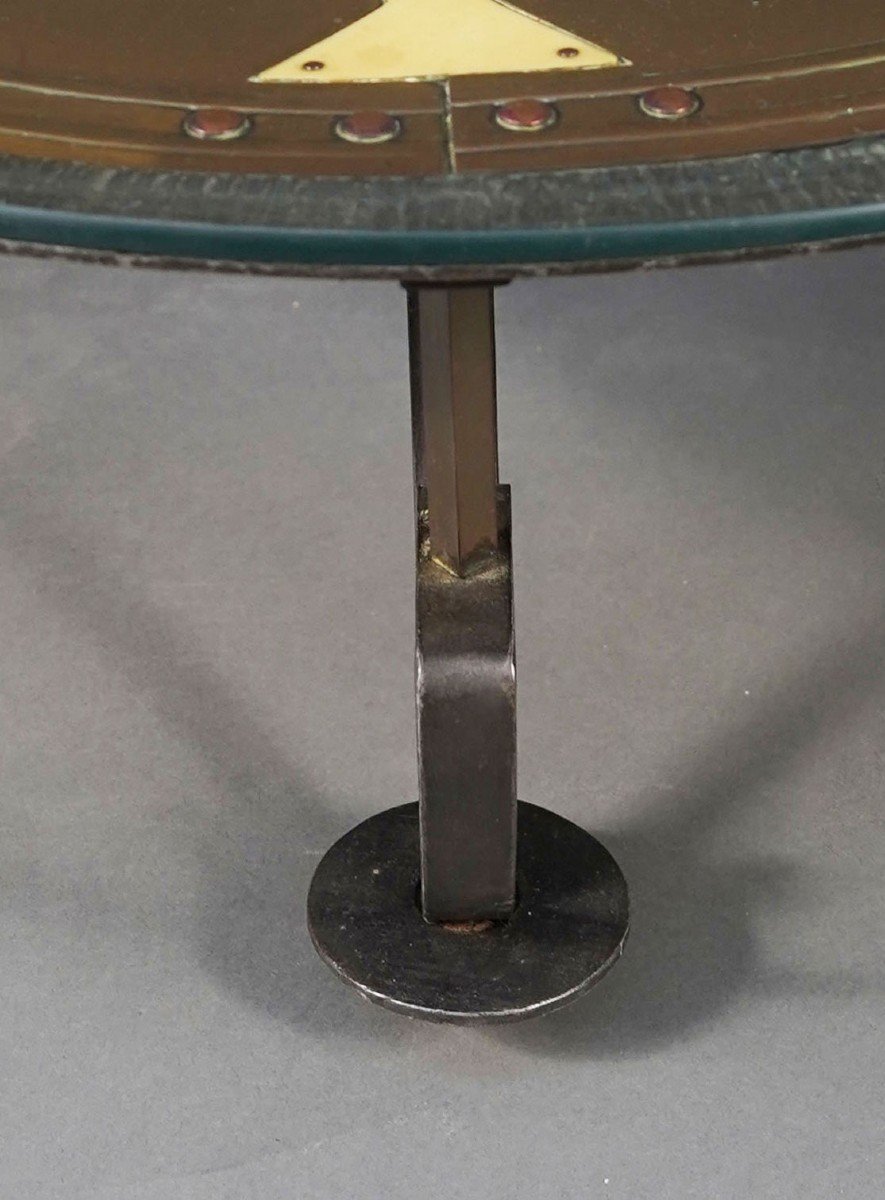







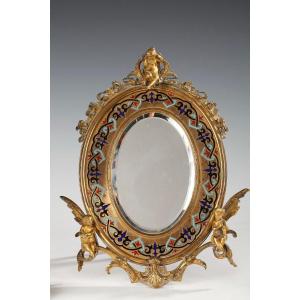
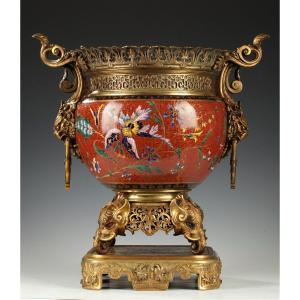

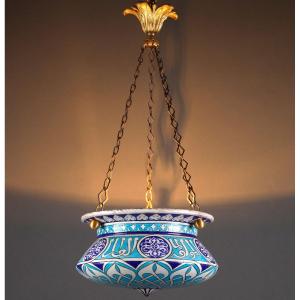
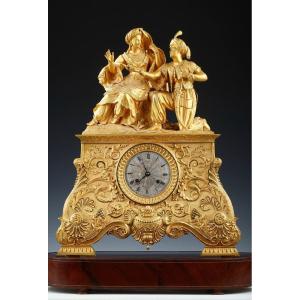


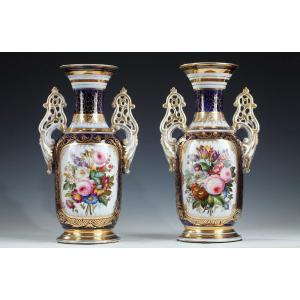





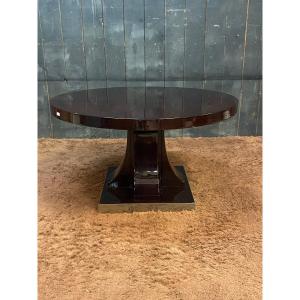

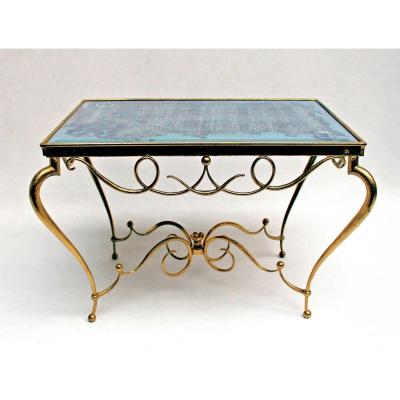

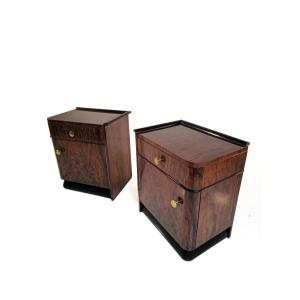



 Le Magazine de PROANTIC
Le Magazine de PROANTIC TRÉSORS Magazine
TRÉSORS Magazine Rivista Artiquariato
Rivista Artiquariato